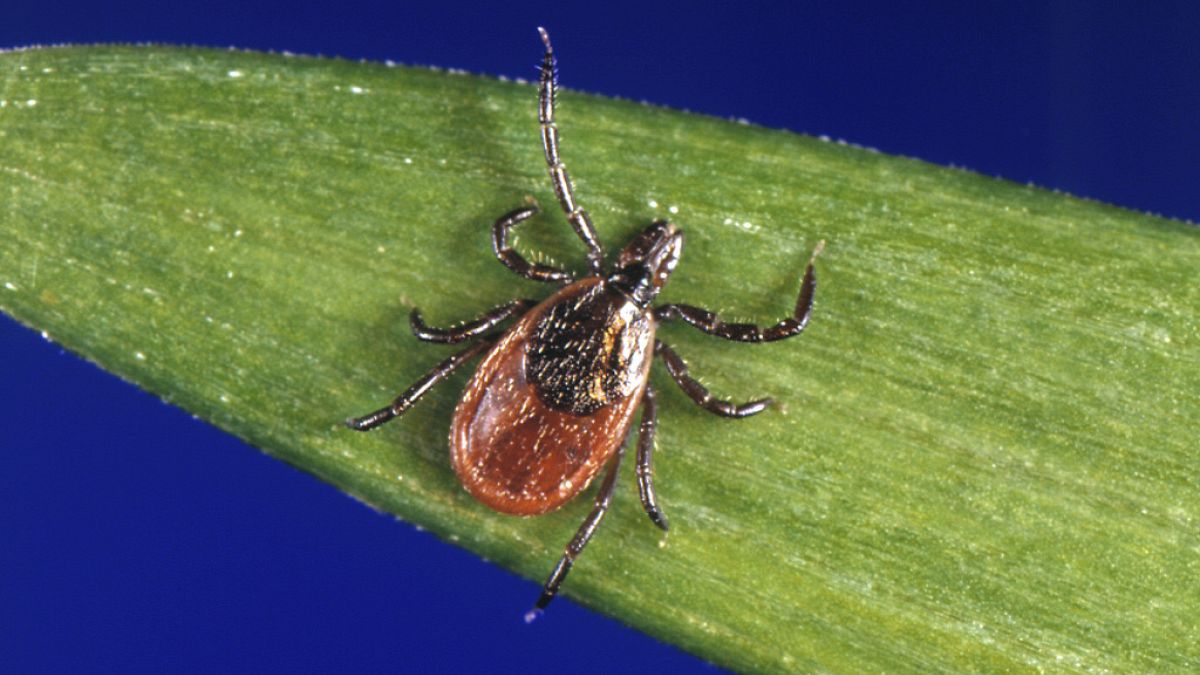

In a week marked by health news that traverses from the specific to the global, there are stories that call for both awareness and understanding. Within this landscape, two distinct narratives emerged—one focused on a rare but serious health alert in Greece, and the other shedding light on a global phenomenon of loneliness among teenagers. In both tales, facts and findings invite us to pause, reflect, and respond thoughtfully.
Beginning in Greece, health authorities have issued a timely alert following the unfortunate death of a 72-year-old man due to Crimean-Congo haemorrhagic fever (CCHF). This viral illness, primarily transmitted through tick bites, serves as a reminder of the interconnectedness between humans and the environment. CCHF is indeed rare, but its presence in Greece raises awareness about vector-borne diseases that transcend borders. The symptoms of this illness can be severe, including fever, myalgia, dizziness, neck pain and stiffness, and may progress to severe bleeding. Health officials emphasize the importance of preventive measures such as avoiding tick-infested areas and using protective clothing and repellents.
As we acknowledge the immediate nature of this health alert, it is equally vital to place it within a broader context of global health vigilance. The instance of CCHF in Greece speaks to the ongoing efforts in monitoring infectious diseases, emphasizing collaborative approaches in healthcare systems worldwide. While the immediate response involves treatment and containment, the deeper understanding aligns with ongoing research and public health education. This is a reminder of the resilience of both communities and health systems in the face of unexpected health challenges.
In parallel to the specificities of the Greek health alert, the World Health Organization (WHO) offers insights into a different but equally significant health dimension—the emotional well-being of our younger population. A new report highlights that teenage girls have emerged as the loneliest demographic globally. While both men and women express feelings of loneliness, the higher levels reported by teenage girls suggest a nuanced perspective on social and emotional health. This finding invites a meaningful engagement with the factors contributing to loneliness, and underscores the importance of supportive community environments.
The increased sense of isolation among teenage girls can be attributed to multiple factors, including the pressures of social media, academic expectations, and the transitional nature of adolescence itself. This phase of life is marked by rapid changes, both physically and emotionally, which can lead to heightened sensitivity to social dynamics. Encouragingly, these insights also open avenues for supportive interventions—initiatives fostering social connections and building resilience are vital. Educational settings, family units, and social frameworks play pivotal roles in nurturing spaces where teenagers feel seen, heard, and valued.
Furthermore, global recognition of teenage loneliness aligns with mental health initiatives aiming to destigmatize emotional challenges and promote comprehensive wellness strategies. By addressing loneliness through community-driven solutions and open dialogues, societies can contribute positively to the overall mental health landscape.
As these narratives unfold, they reflect broader themes of health and well-being. The story of the tick-borne illness in Greece is a reminder of the ever-present interplay between human activities and nature. Meanwhile, the worldwide concern over teenage loneliness reflects the evolving understanding of mental health as an integral component of personal and societal happiness. Both stories remind us of the importance of empathy, community, and preventative care in fostering a healthier, more connected world.
In conclusion, whether considering the physical health vigilance against rare diseases or the emotional care for the lonely, the dialogues opened by these stories encourage proactive, informed, and compassionate responses. Through mindful reflection and collective action, communities can navigate the complexities of health challenges, fostering environments where every individual, from the most vulnerable to the most resilient, can thrive. In a world where both rare illnesses and common emotions impact lives, thoughtful and informed responses underscore our shared journey toward health and understanding.
Source: {link}
